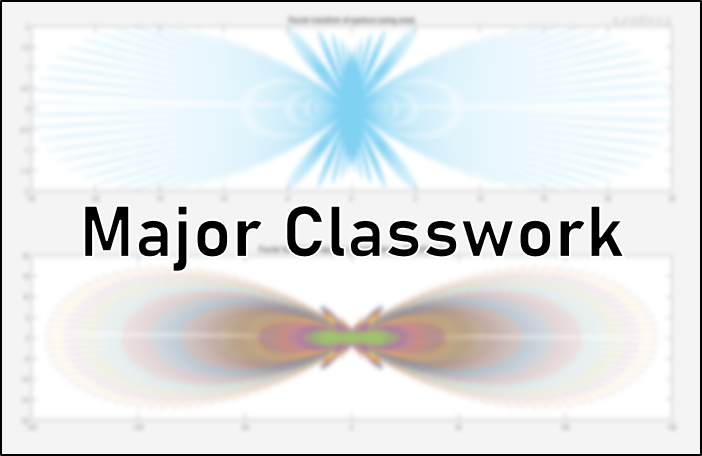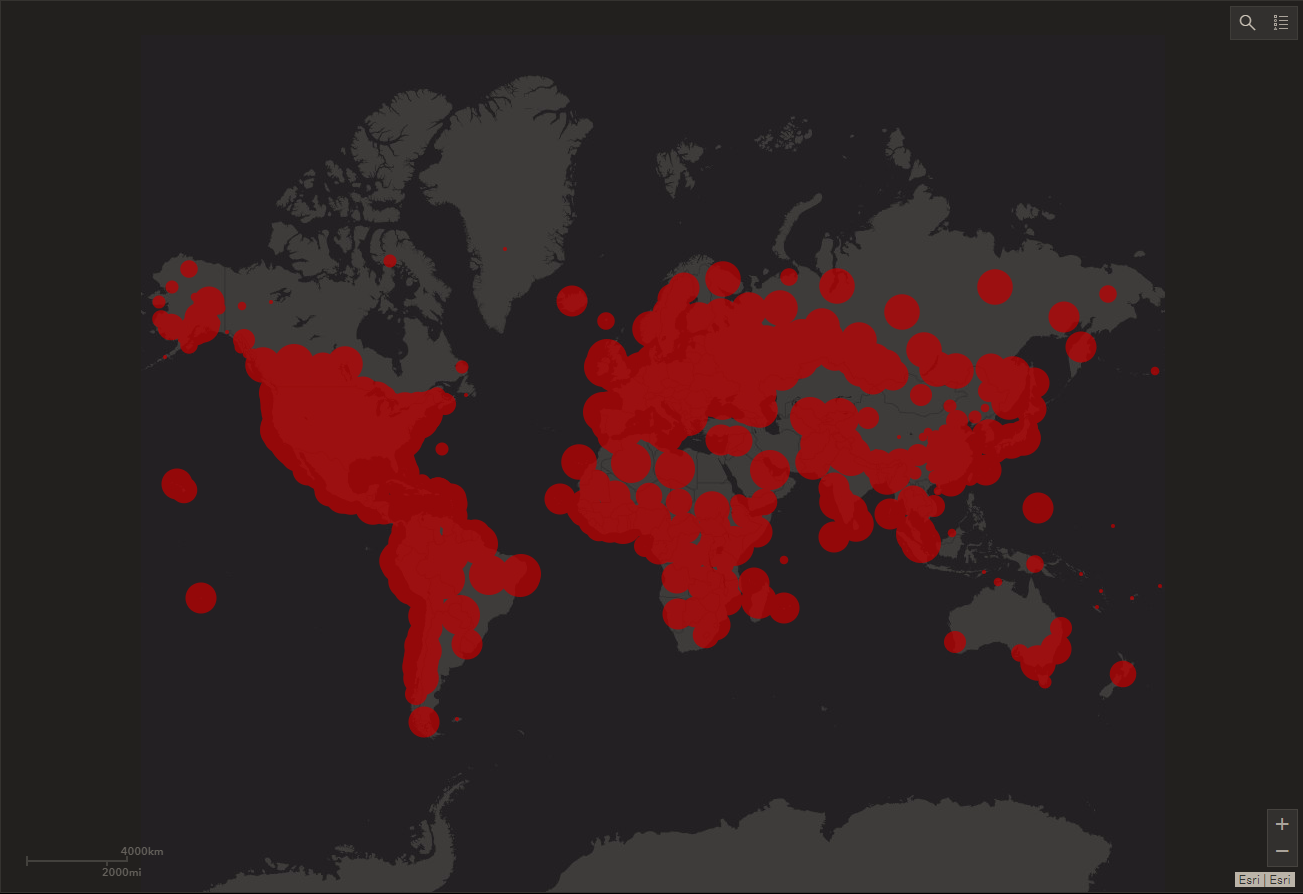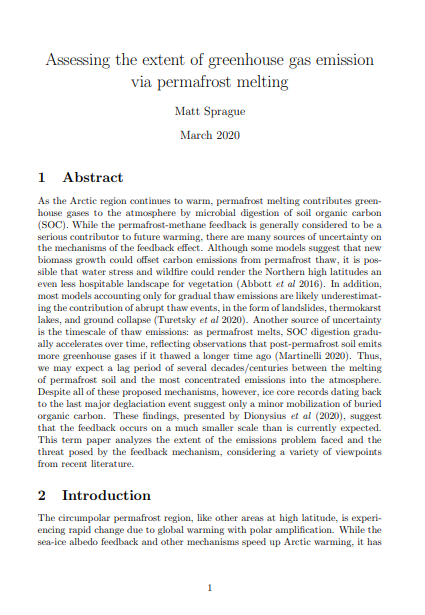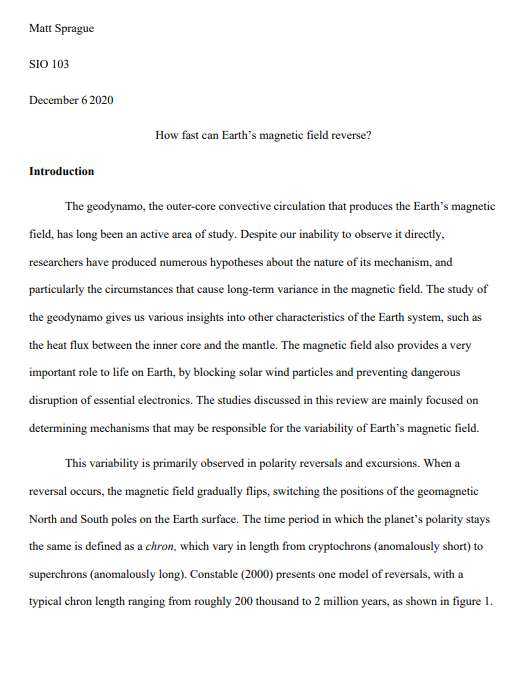
Here are some examples of my work from various major and minor classes. The Scripps Oceanic and Atmospheric Sciences and Earth Science curricula cover a wide variety of fields. These are some of my favorite projects from the last few years.
SIO 110: Intro to GIS/GPS for Scientists
SIO 110 has taught me how to use ArcGIS Pro (and other ArcGIS software) to easily map and present spatial data. Click the image to see one example from our class assignments: a fully functional and continuously updated global COVID-19 dashboard.
SIO 115: Ice in the Climate System
SIO 115 was an important course for my own decision to focus on polar science in my career. For our research paper in the class, I picked permafrost as my topic and decided to study the threat posed by the methane-permafrost feedback (explained in section 3.1 of the paper). My own curiosity came from an article published shortly beforehand, featuring one of my previous professors who suggested that the feedback effect would probably be minor. I like to really dig into these questions about climate change and the environment because I believe it's important to be ready to discuss contentious issues even if they fall outside of my range of study.
Discussion around this particular threat usually ranges from "the Arctic isn't melting at all!" to "methane from permafrost will suddenly and irreversibly end the human race." I wanted to do some research to address both viewpoints and account for nuances, because most climate change processes are more complex than what you might find in a standard social media post or internet article.
SIO 102: Intro to Geochemistry
SIO 102 covers the basics of geochemistry, both terrestrial and oceanic. Major topics include paleo proxy records, isotopic fractionation processes, marine chemistry and sediments, and long term formation/changes in the Earth structure. Being somewhat familiar with carbon fluxes in the Southern Ocean, I decided to study the issue further to understand the controls on carbon sequestration in the region. This question was very helpful for my own understanding of a major area of study in polar oceanography, and to understand how the carbon fluxes in the Southern Ocean will change in the future.
SIO 103: Intro to Geophysics
SIO 103 is one of my courses for my Earth Science minor. The class covered Earth structure, seismic tomography, earthquake measurements, isostasy, plate flexure, and the geodynamo among other topics. Our main assignment besides problem sets was a review paper, so I chose to write on the geodynamo - specifically, what factors might control reversal frequency of the Earth's magnetic field. I studied a lot of really great research on the way, so I'm glad that my minor courses are helping me to be a more well-rounded geoscientist.



